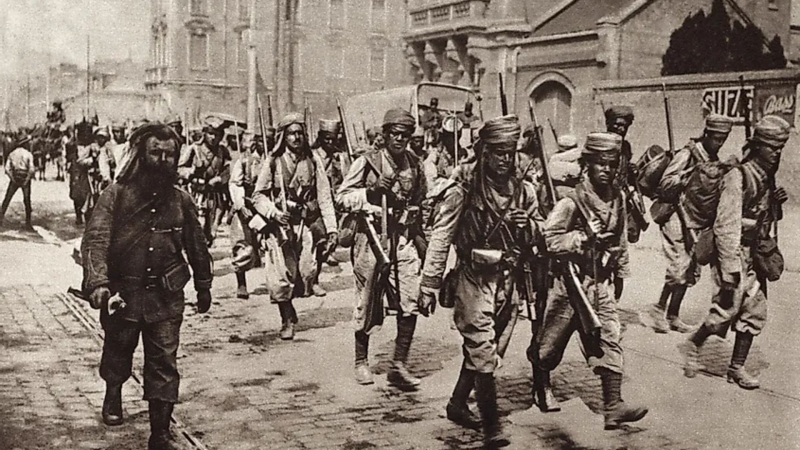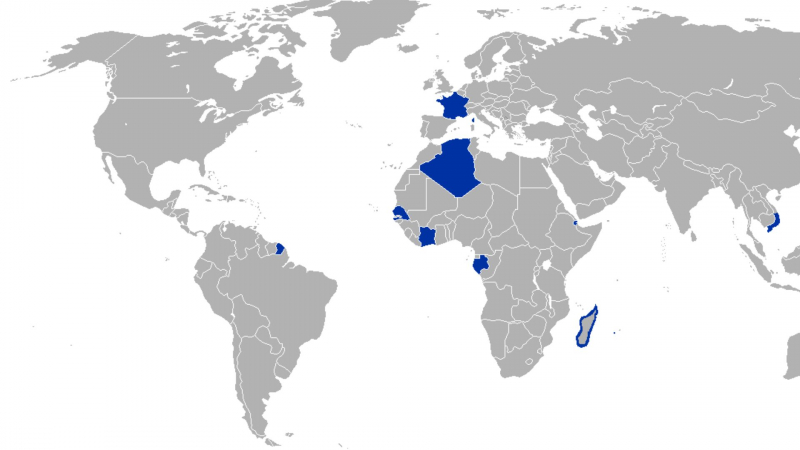Second French Colonial Empire

Following the First French Colonial Empire's reign, the Second French Colonial Empire was established in the early to mid-19th century. France once owned numerous colonial colonies throughout the world, much like the UK. While France had smaller colonies in the Americas, the Caribbean, and the South Pacific, Africa was where it had the majority of its holdings. France's Second Colonial Empire, which peaked in the early 20th century, covered 11.5 million square kilometers. The nations of Morocco, Algeria, and Tunisia in Northern Africa as well as the majority of what is now Western Africa were once French colonies.
In the 1930s and 1940s, historians frequently criticized the Second Empire as a forerunner to fascism. By the late 20th century, they were using it as an illustration of a modernizing regime, although that view is no longer commonly accepted. In general, historians have given the Empire a poor rating for its foreign policy but a slightly better favorable rating for its domestic policies, particularly after Napoleon III liberalized his authority after 1858. The greatest accomplishments included a vast railway network with Paris as its center that boosted trade and united the country. The majority of the country's regions saw affluence as a result of this economic growth stimulant.
Napoleon III attempted to follow in the footsteps of his uncle Napoleon I in terms of foreign policy, engaging in a number of global imperial endeavors as well as various wars in Europe. By the conclusion of his reign, the French emperor found himself without allies in the face of overwhelming German force as a result of his disastrous handling of the Prussian menace. His reign came to an end during the Franco-Prussian War when, in 1870, at Sedan, he was captured by the Prussian army and overthrown by French republicans. Later, while living in exile, he passed away in the United Kingdom in 1873.











